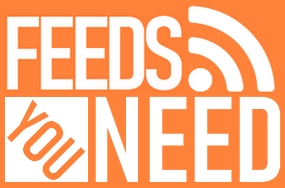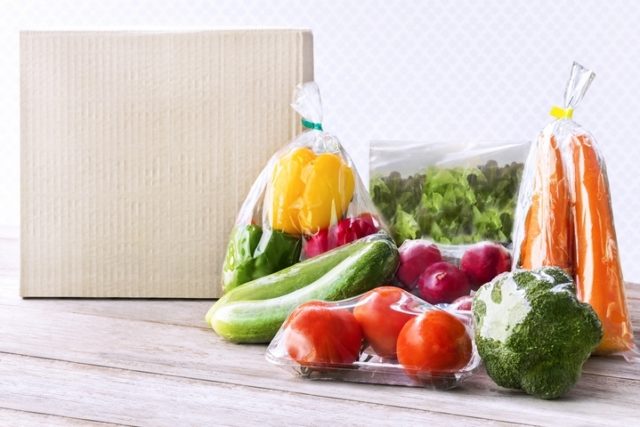Are you in the food manufacturing industry? One thing is for sure. You have to package your goods to send to retail. Everyone from food trucks and wholesalers needs to package their food items to get safe and sound consumers.
The good news is there are lots of options out there today because different types of edibles package differently. Let’s look at some food packaging methods for your products.
Type #1: Corrugated Cardboard
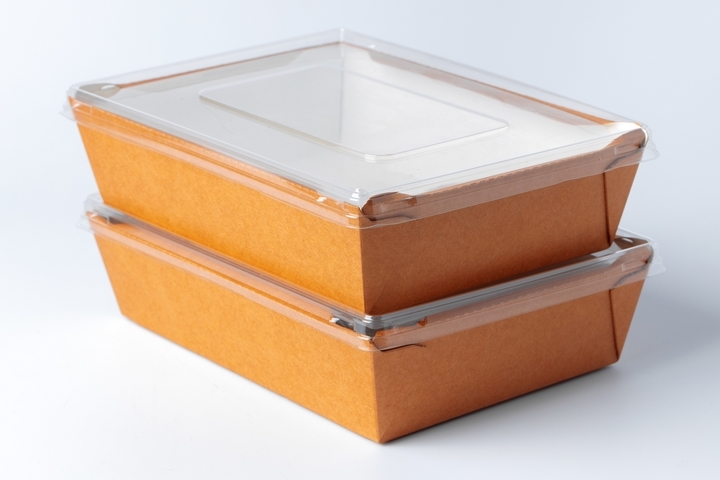
We all are familiar with this type of packaging. It is made of paper material that is layered to make it thicker and more sturdy. It is then cut into various shapes and sizes and folds together to form a strong box. Cardboard boxes may be used to ship raw food material already in smaller packages inside and serve as a more resilient shipping material that can stack better.
Cardboard is further categorized in the food industry, including carton board and paper board, thinner materials for food-specific packaging.
- Cartonboard is multi-layered paper material that can be easily shaped, creased, moulded and glued into the desired size for food. Cereal boxes, take-out containers and cake boxes use this type of cardboard.
- Paperboard is used for paper cups, milk, and other drinkable liquids and is made from bleached chemical pulp.
These terms are somewhat interchangeable, but at its basic, wood pulp is processed, layered, and treated to be safely used for packaging food.
Type #2: Flexible Bag Packaging
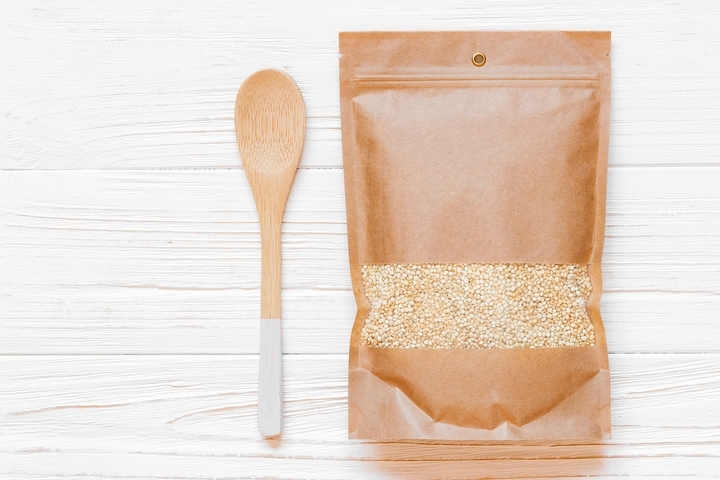
The market is changing, and with new technology comes more options for food packaging. The fastest-growing segment is bag packaging. Manufacturers love to use flexible packaging because it is less expensive and easier to handle and ship.
There are several different designs and options to choose from:
Stand-Up Pouches
A stand up pouch is a customizable bag. It has gussets to form a sturdy base to stand upright and house wet and dry goods.
Pillow Pouches
Pillow pouches lay flat. These types of food packaging are used for food items like chips, coffee and crackers.
Burst Pouches
For some products, a layered plastic pouch is needed that can be easily accessed by cutting or tearing. Ketchup packets use this type.
Vacuum Pouches
Some products need a pouch that can provide a long shelf life. Vacuum pouches are moisture and puncture-resistant with a tight seal made after the air is vacuumed out.
Type #3: Glass Containers
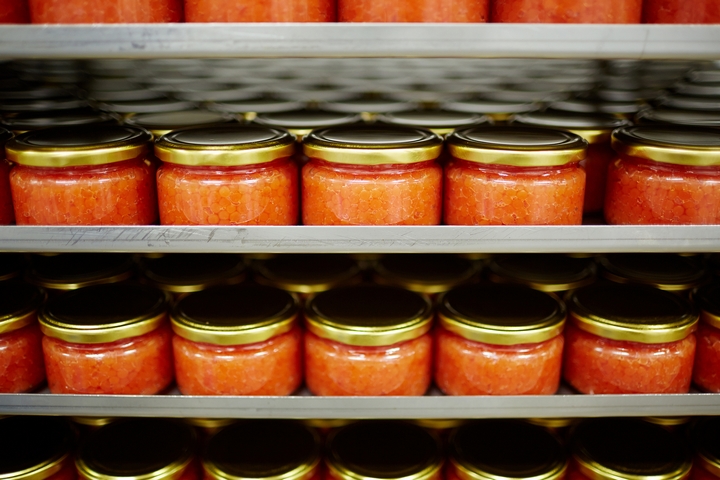
Glass has been used for 100s of years to package and preserve food. It gives you long shelf life and is usually transparent so consumers can see the contents. There are some drawbacks to packaging food in the glass, though. These include weight and fragility.
Glass is also rigid, so it takes up more space when shipping than other types of material, which adds to the cost. On the plus size, it is 100% recyclable. Food types vary from solid items like vegetables, nuts and fruit to liquids like pasta sauces, juices and alcohol.
Type #4: Carded Packaging
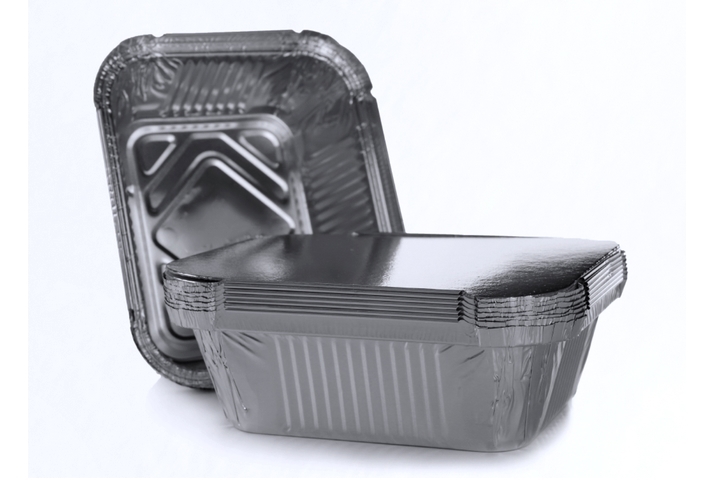
Carded packaging is a group of three types: skin, blister and clamshell. Food items are conveniently packaged and sold in these types of formats, and you will recognize them in your local grocery store.
Skin Packaging
This carded packaging places food items on a paperboard backer, and a see-through plastic covers the top, being vacuum sealed. Meat and fish use this method.
Blister Packaging
A blister pack can have a cardboard backing or plastic with plastic, moulded top that doesn’t conform to the food item. It is “blistered” to create a dome to hold contents in. Sandwiches, cooked chicken, and candies commonly use this type.
Clamshell Packaging
Clamshells are just like the seafood variety. They are usually two identical shells attached with a hinge to easily open and close them. This is the most common type of carded packaging, and you’ll see it used for cookies, pies, bread, buns, pasta, salads and many more products.
Type #5: Plastic Bottles
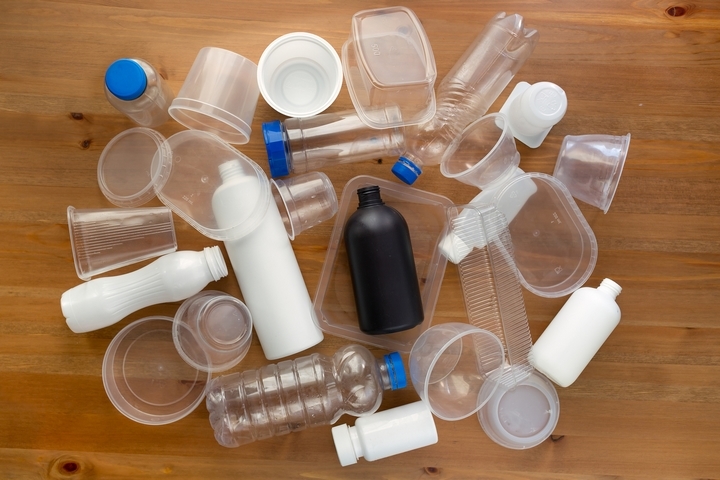
Plastic bottles are used mostly for beverages but also condiments and spread. You will see items like nut butter, jams and salad dressings housed in these packaging containers. More and more glass containers are switching to plastic. Plastic is recyclable and is widely used in the market for both solid and liquid food items.
Type #6: Metal Packaging
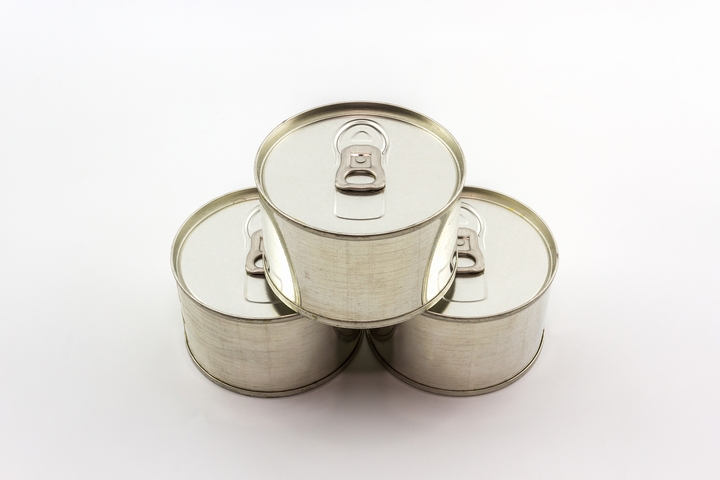
Metal has been used in food packaging since the early 1900s and is still a staple in your grocery store. Aluminum, stainless steel, tin-free steel and tin plate are the various metals used, and the rigid can form the most popular. Fruits, vegetables, soups, and meat are all packaged and processed in metal cans to preserve them, and they are a very stable package for shipping and stocking.
While people do grow, buy and eat fresh food, most of our sustenance comes packaged into our homes. Unless you want to revert to the pioneer days, we rely on the many benefits of food packaging to keep our families fed.
